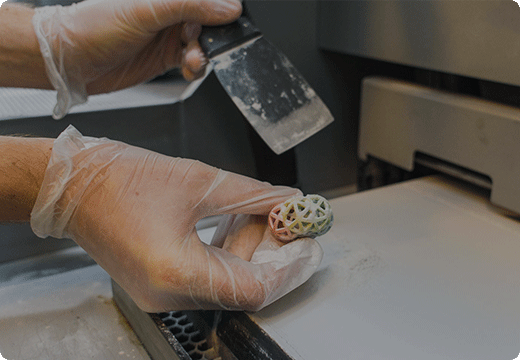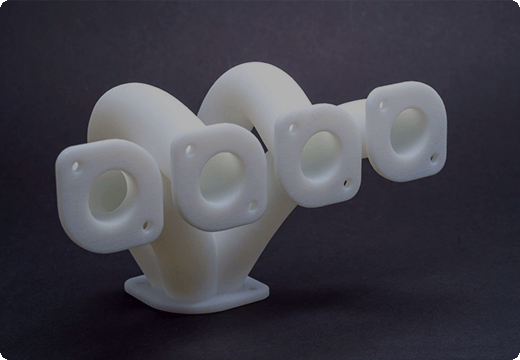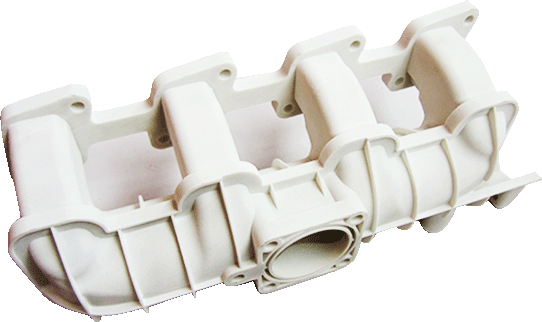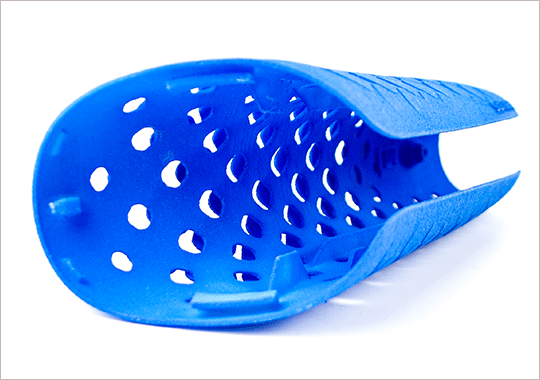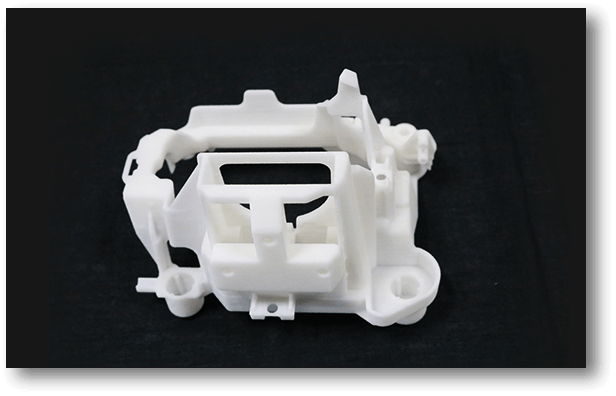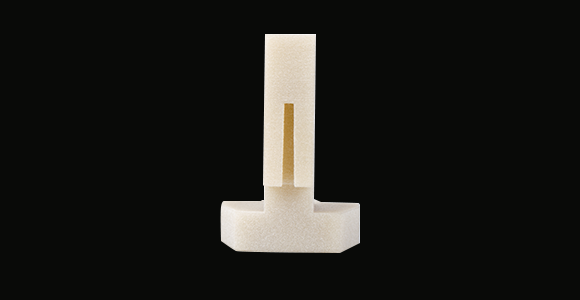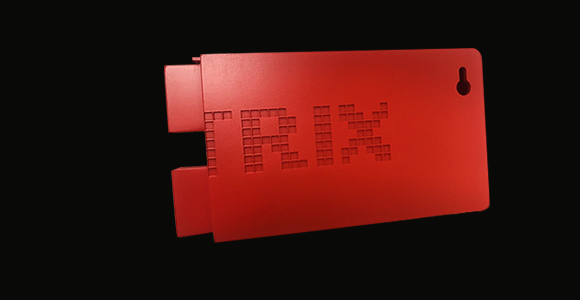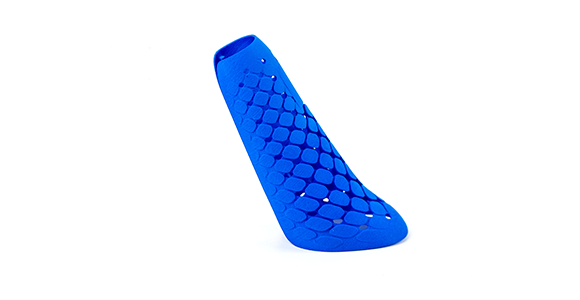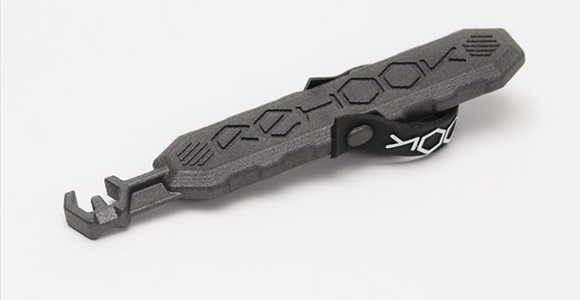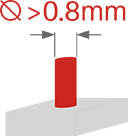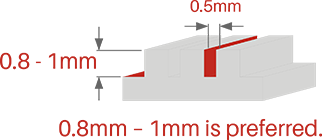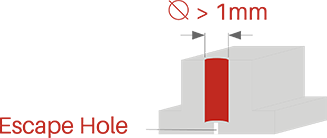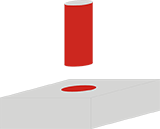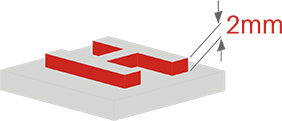Design Guidelines For SLS
TIPS & TRICKS
Hollow parts out with escape holes for trapped materials. Anneal living hinges by dipping in boiling water and work back and forth.
TOLERANCES
± 0.2mm is standard.
PINS
Standard tolerance is +/- 0.3mm so any features with dimensions below this are unlikely to be printed without issue. So pins should be designed ≥ 0.8mm.
SLOTS
Effected by depth or thickness of the wall, ≥ 0.5mm is minimum but will fail to print if the depth or wall thickness is over 2mm.
HOLES
The deeper the hole the larger the diameter needed. All holes should be ≥ 1mm. Blind holes should be designed with an escape hole to remove powder.
MATING (AXELS, GEARS)
> 0.5mm and < 1mm gaps prevent fusion.
Min Clearance: > 0.5mm
Max Clearance: < 1.0mm
TEXT
Sans serif such as Arial with a minimum font height of 2mm.
Embossed text: > 1mm high.
Engraved features: > 1mm deep.
